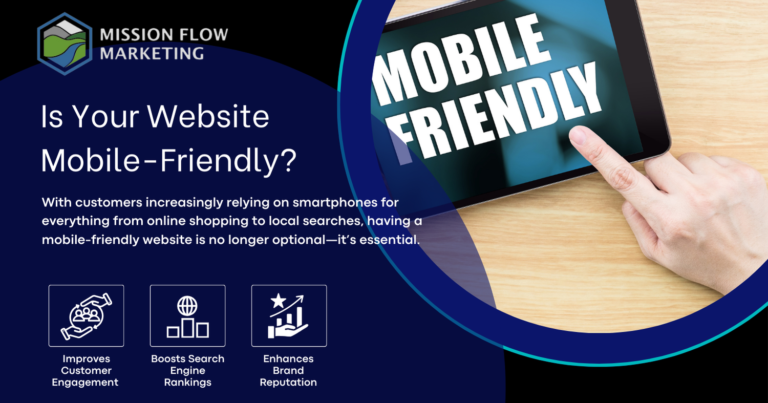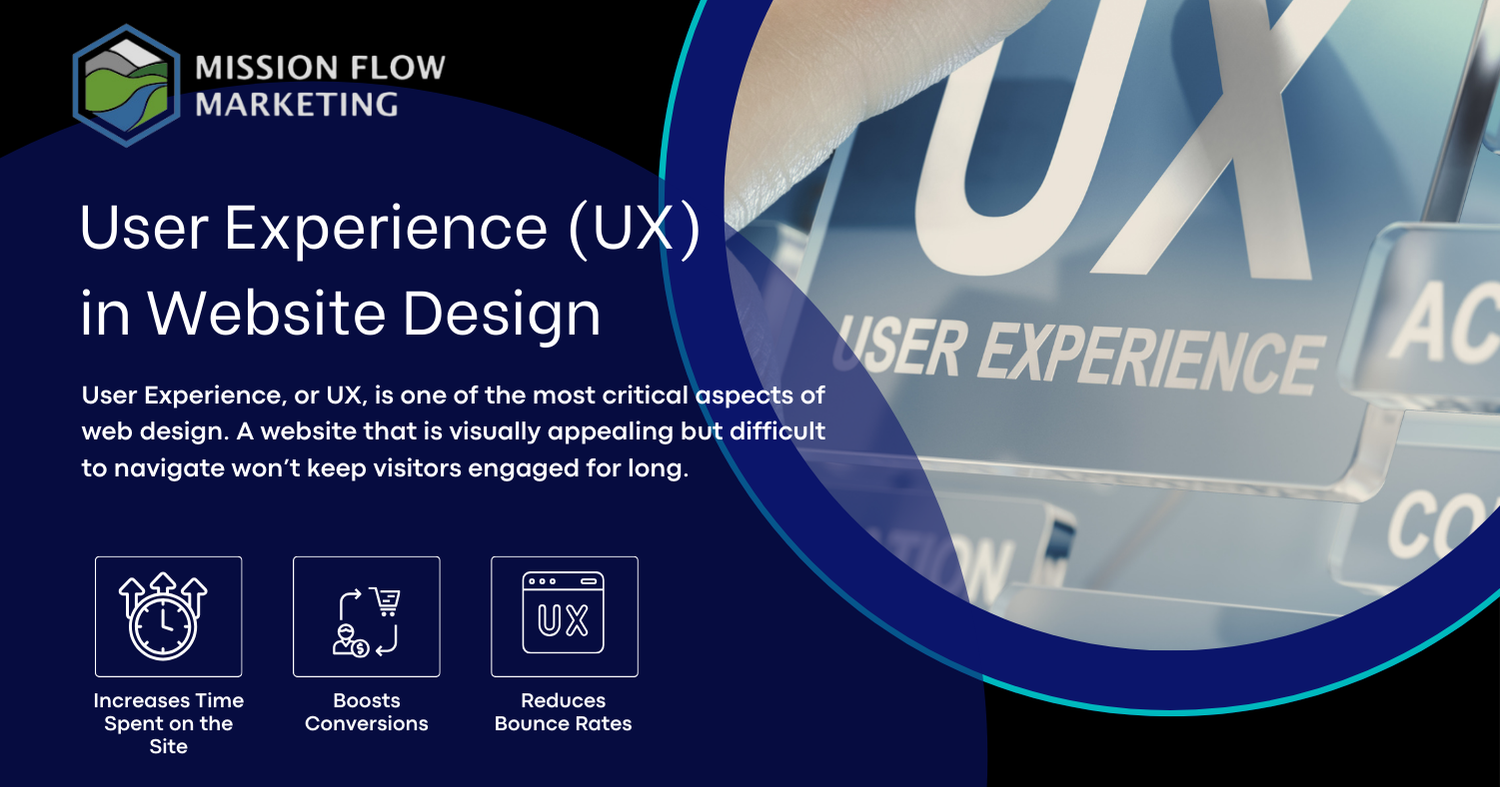

User Experience, or UX, is one of the most critical aspects of web design. A website that is visually appealing but difficult to navigate won’t keep visitors engaged for long. UX focuses on creating an intuitive, enjoyable journey for users, making it easy for them to find what they’re looking for and accomplish their goals. Here’s how UX impacts user satisfaction and engagement and why it’s essential for your website.
User Experience (UX) refers to the overall experience a user has when interacting with your website. UX considers elements like ease of navigation, page load speed, content organization, and the emotional response evoked by the site’s design. Good UX design ensures that users can find what they need quickly, feel comfortable on the site, and are motivated to return.
A website with strong UX encourages users to stay longer, explore more pages, and engage with content. If users can easily find information, navigate between pages, and enjoy a visually appealing design, they’re more likely to remain on the site and explore what you have to offer.
Whether your goal is to generate leads, sell products, or get newsletter sign-ups, good UX design can help. A clear, frictionless journey from landing page to conversion point minimizes frustration and ensures users can take action easily. By removing unnecessary barriers, you create a path that leads visitors toward completing your desired goals.
A well-designed, intuitive website conveys professionalism and reliability. When users see a website that feels cohesive, modern, and easy to navigate, they’re more likely to trust your brand. This trust is vital for businesses, especially when users are deciding whether to make a purchase or share personal information.
Bounce rate refers to the percentage of visitors who leave your site after viewing only one page. High bounce rates are often a result of poor UX design—if users can’t find what they need or the site takes too long to load, they’ll likely leave and look elsewhere. By improving UX, you can create a more inviting and functional environment that keeps visitors engaged.
Navigation should be straightforward, with clear labels and a logical structure. Users should always know where they are on the site and how to get back to previous pages. A clean navigation bar, breadcrumbs, and search functionality all contribute to a seamless user experience.
Group related content under clear menu items, and avoid cluttering the navigation with too many options.
Page load speed is a crucial part of UX. Slow-loading pages frustrate users and can lead to high bounce rates. Aim for a load time of under three seconds for all pages on your site.
Optimize images, reduce the number of plugins, and consider a reliable hosting provider to improve speed.
With a large percentage of users accessing websites via mobile devices, it’s essential that your website is responsive and mobile-friendly. A mobile-optimized site adapts to different screen sizes and offers a smooth experience on any device.
Use a responsive design and test your website on various devices to ensure a consistent user experience.
CTAs guide users toward your desired actions, such as “Sign Up,” “Get a Quote,” or “Buy Now.” Placing CTAs in strategic locations ensures users can easily complete these actions, contributing to better conversions and engagement.
Make CTAs prominent with contrasting colors and clear, action-oriented language.
A consistent design reinforces brand identity and helps users feel more comfortable navigating your site. Use a cohesive color scheme, font style, and button design to create a seamless, professional look.
Develop a style guide that outlines the color palette, fonts, and design elements you’ll use across your website.
UX isn’t only about visuals and layout; content is equally important. Ensure that text is easy to read, engaging, and valuable to your audience. Avoid jargon, break up text with headings and bullet points, and keep paragraphs concise.
Use headings (H1, H2, etc.) and short paragraphs to improve readability and make content easy to scan.
User experience plays a vital role in determining whether visitors stay on your site, engage with your content, and complete your desired actions. By prioritizing UX design, you create a website that not only looks good but also feels intuitive and enjoyable to use. This, in turn, leads to higher user satisfaction, better engagement, and increased conversions.
If you’re ready to improve your website’s user experience, contact Mission Flow Marketing for a free quote! Our team specializes in designing intuitive, user-focused websites that keep visitors engaged and help achieve your business goals.